An orphan Gamma Ray Burst
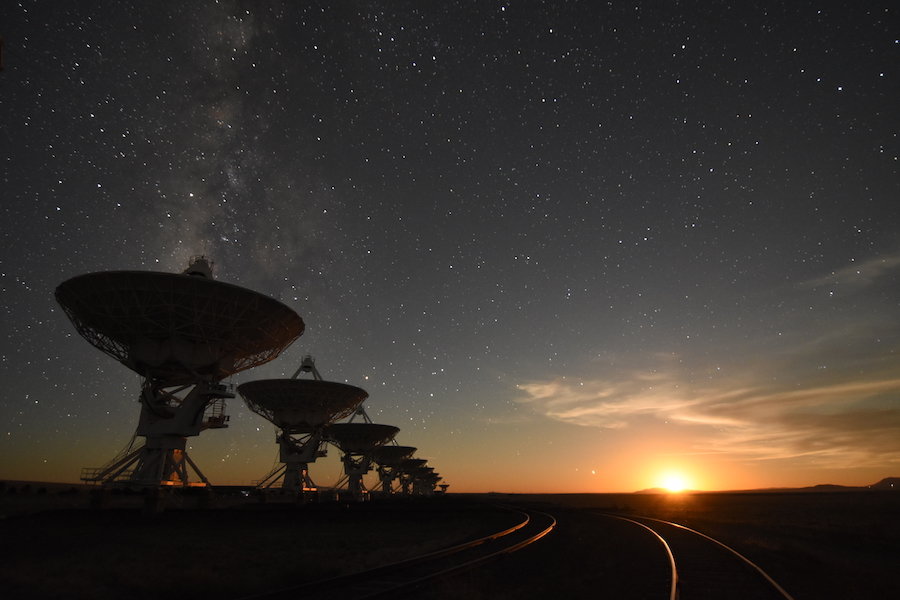
Astronomers detected a Gamma Ray Burst (GRB) candidate that its gamma rays were not detected by our telescopes!!

Astronomers detected a Gamma Ray Burst (GRB) candidate that its gamma rays were not detected by our telescopes!!
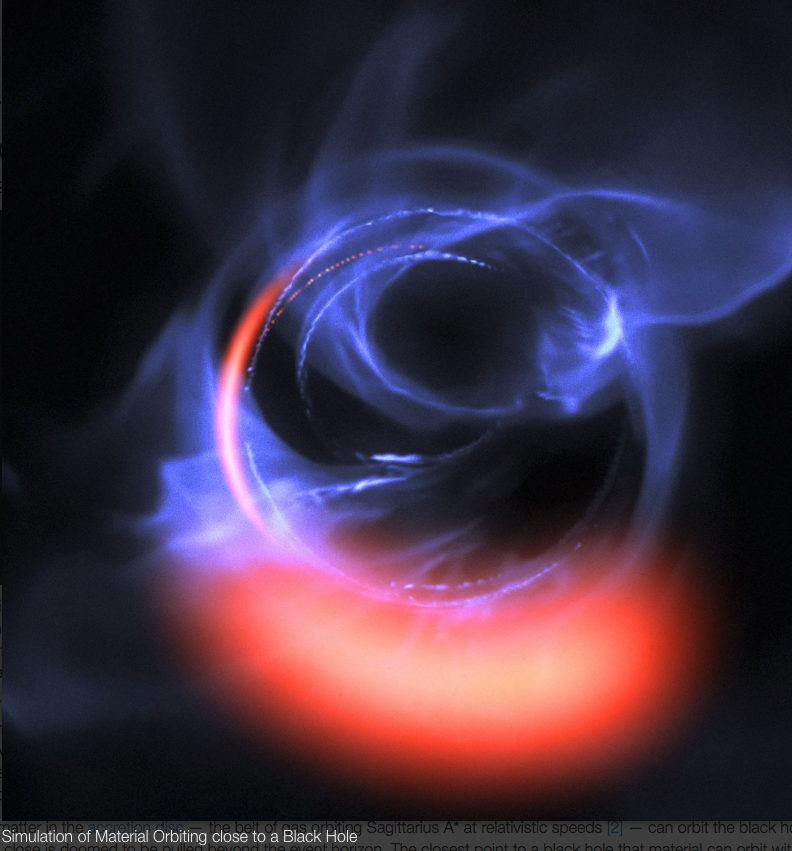
Credit: ESO Astronomers detected flares of infrared radiation coming from Sagittarius A*, the massive object at the heart of our Galaxy, This observation confirms that Sagittarius A* is indeed a supermassive black hole (SMBH)!! The flares were detected using the Read More …
Here are various links with Facebook plus interview from the INAF Rome press release about the ATHENA meeting: https://www.youtube.com/watch?v=bBYl-DDd1RQhttp://www.inaf.it/it/notizie-inaf/esplorando-l2019universo-caldo-ed-energeticohttp://www.astropa.inaf.it/en/losservatorio-astronomico-di-palermo-ospita-la-conferenza-exploring-the-hot-and-energetic-universe-dedicato-allathena-x-ray-observatory/https://www.facebook.com/AthenaConferencePalermo/videos/167992044083219/https://www.google.com/url?sa=t&rct=j&q=&esrc=s&source=web&cd=3&cad=rja&uact=8&ved=2ahUKEwiZ2OHh8o_eAhVBqCwKHfvrAaEQFjACegQICBAB&url=https%3A%2F%2Fwww.facebook.com%2FAthenaConferencePalermo%2F&usg=AOvVaw2AYuvb7NwJKCyDo6YY1_yu
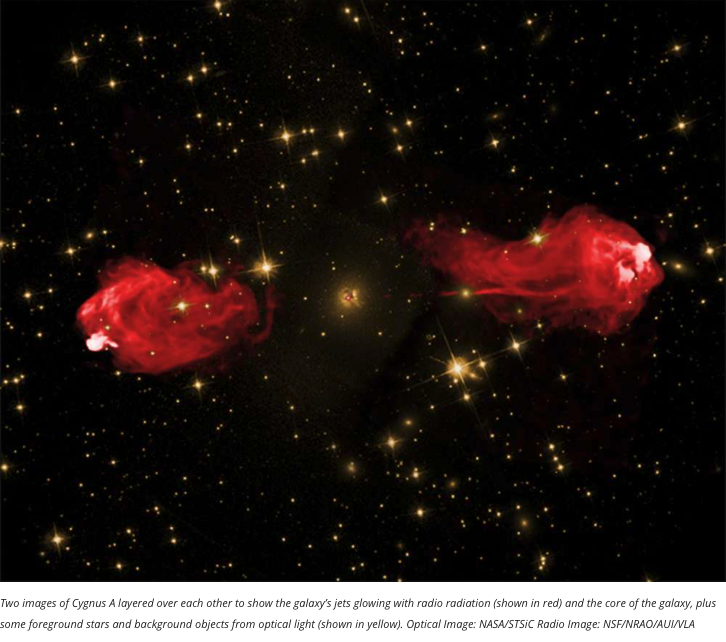
Many studies try to shed light on the origin of AGN obscuration. In a recent work, astronomers observed Cygnus-A, a radio galaxy about 750 million light-years from us that hosts a supermassive black hole (SMBH) which generates massive jets. These jets extent to about 150,000 light years. Their analysis reveals the presence of a strong magnetic field that regulates the feeding of the SMBH.

Το παρατηρητήριο ακτίνων-Χ, ATHENA της Ευρωπαϊκής Υπηρεσίας Διαστήματος και η ελληνική συμμετοχή Το διαστημικό τηλεσκόπιο ακτίνων-Χ, ATHENA, μια συνεργασία της ευρωπαϊκής υπηρεσίας διαστήματος, ESA, της NASA και της Iαπωνικής Jaxa θα παρατηρήσει την ακτινοβολία που εκλύει το Σύμπαν στις Read More …
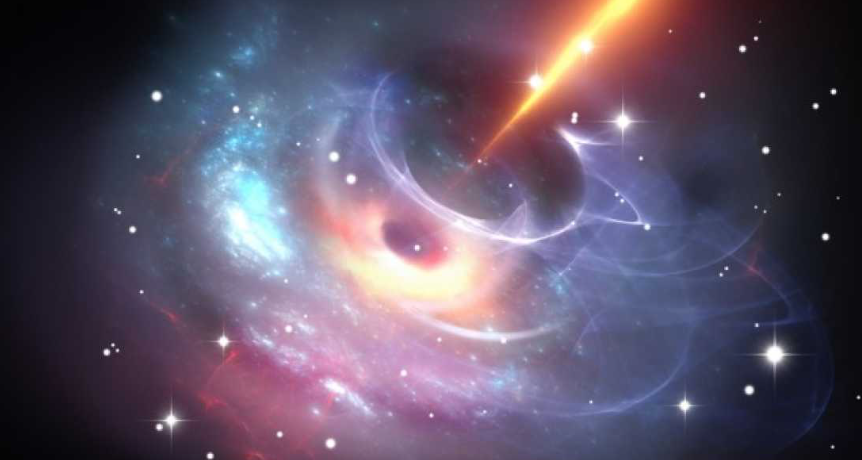
Astronomers from the National Observatory of Athens and the Niels Bohr Institute, used the largest X-ray sample up to date to investigate how active supermassive black holes (SMBH) at the centre of galaxies affect their star formation. They found that, in a similar manner as an oscillator tries to keep the system around the equilibrium point, the SMBH (oscillator) tries to keep the galaxy in the main sequence (equilibrium point)!!

Is there a feeding mechanism that activates supermassive black holes at the centre of galaxies or active black holes occur naturally during the lifetime of a galaxy?
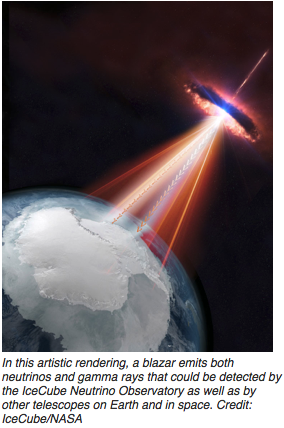
Neutrinos are particle in the size of electrons, but without charge. We know that they have mass, but we haven’t measured it yet. Although they are everywhere (our bodies are hit by about 100 trillion neutrinos every second), neutrinos cannot be detected since they rarely interact with matter. Scientists now managed to spot one of them and trace its origin, a blazar located 3 billion light years away from us!
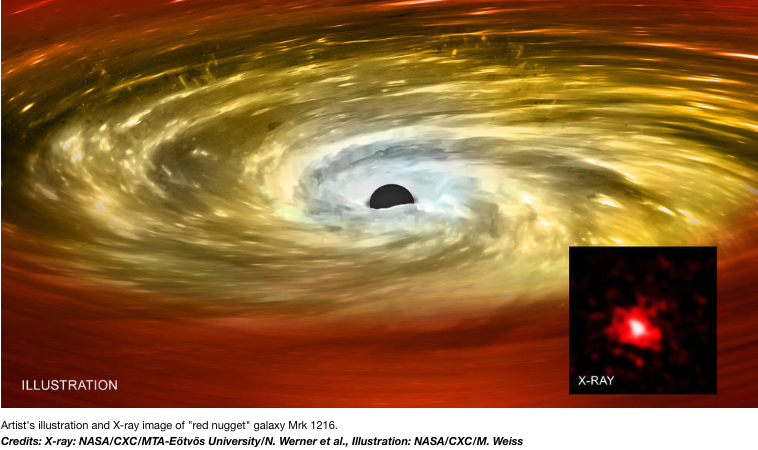
Red nuggets is a population of small, but massive galaxies. Most of these systems have gone through mergers over the billions of years of their existence. However, some of them have remained isolated and this makes them extremely interesting since they allow us to study how galaxies and the supermassive black holes (SMBHs) at their centres evolve over billions of years of isolation!!

The total amount of ordinary matter, called baryonic matter, makes up for about 5% of the total matter of our Universe. The other 95% consists of the exotic dark matter and dark energy. However, even this 5% of baryonic matter is hard to detect! Only 60% of the baryonic matter has been observed! Now scientists, used ESA’s XMM-Newton X-ray space observatory and found evidence of where these missing baryons are!!